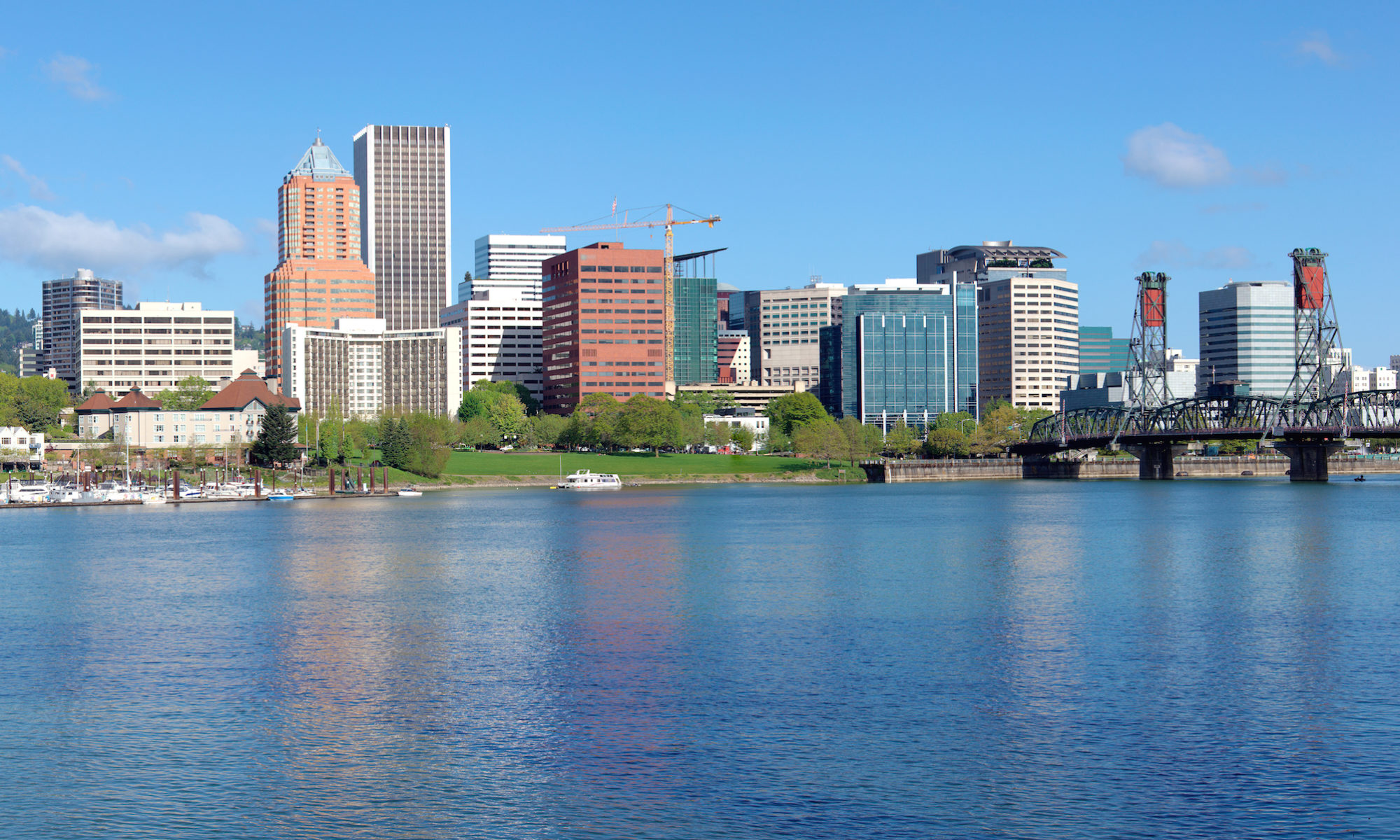The bursting of the housing bubble in the midst of a flagging economy has caused home values to drop precipitously. Zillow.com reports that home values in the Portland, Oregon metropolitan area have dropped by about 11% in the last year alone, and some neighborhoods, such as the Pearl District, have dropped over 20% this year. Many of the homes sold in during the housing boom were purchased with an “80/20” mortgage, that is, a first mortgage for 80% of the purchase price, and a second mortgage for the remaining 20%.
Where the value of the home has fallen below the total outstanding balance of the first mortgage, it is possible to “strip” the second mortgage in Chapter 13 bankruptcy. (The debtor must qualify for a Chapter 13 repayment plan). A second mortgage can sometimes be converted into unsecured debt and could be discharged or classified as non-priority debt in the Chapter 13 plan.
Example: The homeowners paid $500,000 for their house in 2006, with a $400,000 first, and a $100,000 second. Since that time, their home has fallen in value to $395,000. These homeowners could strip off the second mortgage, eliminate $100,000 in debt (most likely at a much higher interest rate), and keep their home.
Stripping the second mortgage is not possible in every case. However, even if a homeowner does not qualify for a “strip down” of a second mortgage, they may be able to renegotiate the terms of the second mortgage, which may be at a high or variable interest rate.

